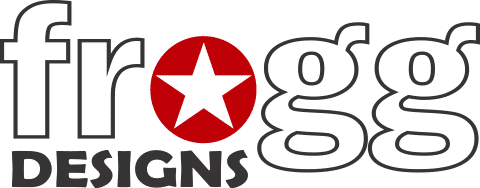It’s crucial to secure a top 10 spot on Google’s Search Engine Results Page (SERP) ranking on Google is paramount for driving organic traffic to your website. To succeed, you must employ a holistic SEO strategy that encompasses several key elements. In this comprehensive guide to On-Page SEO, we’ll delve into the essential tasks that can help elevate your website’s SERP rankings.
Understanding the SEO Landscape
Before we dive into the strategies that can boost your SERP rankings, let’s first explore some foundational concepts.
Competitor Analysis: Learning from the Best
Competitor analysis is the first step in crafting a successful SEO strategy. Here’s what you should consider:
1. Identify Your Competitors
Begin by identifying your online competitors within your niche or industry. Tools like SEMrush and Ahrefs can help you discover who’s ranking well for keywords related to your business.
2. Analyze Their Keywords
Study your competitors’ keyword strategies. Identify the keywords they’re ranking for and assess their search volume and difficulty. This insight can inform your own keyword targeting.
3. Evaluate Their Backlink Profile
Examine your competitors’ backlink profiles. Identify high-authority websites linking to them. This can help you identify potential link-building opportunities.
Keyword Research: The Foundation of SEO
Effective keyword research is fundamental to SEO success. Here’s how to approach it:
4. Brainstorm Keywords
Start by brainstorming a list of relevant keywords and phrases related to your business. Consider long-tail keywords as they often have lower competition.
5. Use Keyword Research Tools
Leverage keyword research tools like Google Keyword Planner, Moz Keyword Explorer, or SEMrush to discover additional keywords, assess their search volume, and evaluate their competition.
6. Prioritize and Group Keywords
Organize your keywords into categories and prioritize them based on relevance and search volume. This will guide your content creation and optimization efforts.
Link Building: Building Your Website’s Authority
Link building remains a crucial aspect of SEO. Here’s what you need to know:
7. Quality Over Quantity
Focus on acquiring high-quality backlinks from authoritative websites within your industry. A single authoritative link can be more valuable than multiple low-quality ones.
8. Guest Posting
Consider guest posting on reputable websites in your niche. This can not only earn you valuable backlinks but also establish you as an authority in your field.
9. Link Outreach
Reach out to websites that might be interested in linking to your content. Craft personalized and compelling outreach emails to increase your chances of success.
Rank Tracking: Monitoring Your Progress
To measure the effectiveness of your search engine optimisation (SEO) efforts, you need to track your rankings:
10. Choose a Rank Tracking Tool
Select a reliable rank-tracking tool like Moz, SEMrush or Ahrefs to monitor your keyword rankings. These tools provide insights into your website’s performance over time.
11. Set Up Regular Reports
Schedule regular rank tracking reports to monitor your progress. Analyze which keywords are improving and which may need further optimization.
12. Competitor Rank Tracking
Keep an eye on your competitors’ rankings. Understanding their performance can help you identify new opportunities or areas where you need to improve.
On-Page SEO: Optimizing Your Website
Now, let’s focus on the on-page SEO elements that can boost your SERP rankings:
Meta Title and Meta Description: Your Digital First Impression
13. Optimize Meta Titles
Craft compelling and keyword-rich meta titles (also known as title tags) that accurately represent your page’s content. Keep them under 60 characters to ensure they display correctly in search results.
14. Engaging Meta Descriptions
Write concise and enticing meta descriptions (under 160 characters) that encourage users to click through to your page. Include relevant keywords.
Header Tags: Structuring Your Content
15. Use H1 Tags for Main Headings
Each page should have one H1 tag, which represents the main heading or topic of the page.
16. Utilize H2, H3, and H4 Tags
Break down your content using H2, H3, and H4 tags to create a hierarchy of headings. This not only improves readability but also helps search engines understand the structure of your content.
Conclusion
In the competitive world of search engine optimisation (SEO), mastering the art of boosting your SERP rankings is a multifaceted endeavour. By conducting thorough competitor analysis, performing meticulous keyword research, building high-quality backlinks, tracking your rankings, and optimizing your on-page SEO elements, you can significantly enhance your website’s visibility on Google. Remember that SEO is an ongoing process, and staying up-to-date with industry trends and algorithm changes is essential. With dedication and a strategic approach, your website can climb the SERP rankings and enjoy increased organic traffic and visibility.
